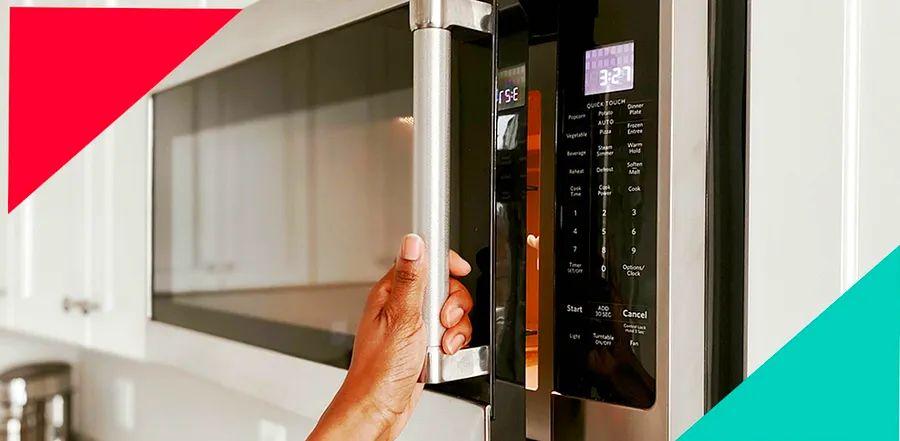Understanding the Functionality of Your Microwave's Preset Buttons

As a busy college student, I rely heavily on my microwave for quick meals.
For the longest time, I assumed the preset buttons were useless and overly complicated. My parents always told us to ignore them, so I stuck with the trusty 30-second button until my food felt warm enough.
Eventually, I found myself wondering: Do people actually use the preset buttons? Turns out, they do! Let me save you the hassle of randomly pressing buttons by explaining how these presets work. After all, microwaving should be easy, and you might as well make the most of your microwave's features.
What Are the Functions of Microwave Preset Buttons?
Most preset buttons on microwaves don’t adjust the energy output. Instead, they regulate the cooking speed by cycling the power on and off at different intervals.
This method helps food heat more evenly. Since different foods heat more effectively at different power levels, basic microwaves are typically designed to accommodate those needs. The benefit of using preset buttons is that you don’t have to guess the cook time – just press a button, and you're set (usually).
However, not all microwaves follow this pattern. Higher-end models often include sensor settings that detect steam levels and automatically adjust heat and cook time for optimal results. Some newer microwaves can even reduce energy output instead of just cycling power on and off. There are even some with acoustic sensors that listen for when your popcorn stops popping.
How to Make the Most of Your Microwave Preset Buttons
Ultimately, as long as your food reaches the right temperature, you can use the preset buttons however you prefer.
If you're aiming to use your microwave’s preset buttons for more precise heating, there's one thing to keep in mind: Not all microwaves are the same. What works perfectly for popping popcorn in one microwave could leave you with burnt kernels in another. Plus, the food you're microwaving will vary each time, so your results may differ.
This means the best way to get familiar with your microwave’s preset buttons is to experiment. You might even need to dig out the owner’s manual that you tossed in a drawer when you first unboxed it. It’ll take a little time, but it’ll pay off by saving you time down the road.
Thankfully, there are some general tips to keep in mind while you learn how to use your microwave’s preset buttons effectively.
- According to Whirlpool, you should use the highest heating levels of your microwave for foods with a high water content like soup and vegetables.
- For foods like meat, rice, pasta, stirrable casseroles, and cream-based soups, opt for a high heat level.
- Use medium to high heat for single servings of food, as well as “temperamental foods” like cheese, eggs, and custard.
- Foods that require medium heat are ham, stews, chocolate, and pastries or bread. Use the defrost button for foods you wish to defrost and butter or ice cream you want to soften.
- The lowest setting should be used to lightly warm fruits or vegetables.
With a bit of experimentation and these helpful tips, you’ll quickly get the hang of your microwave. Once you find the methods that work best for you, you’ll no longer feel the need to check on your food every few seconds – you can just trust your microwave to do its job.

1

2

3

4

5
Evaluation :
5/5